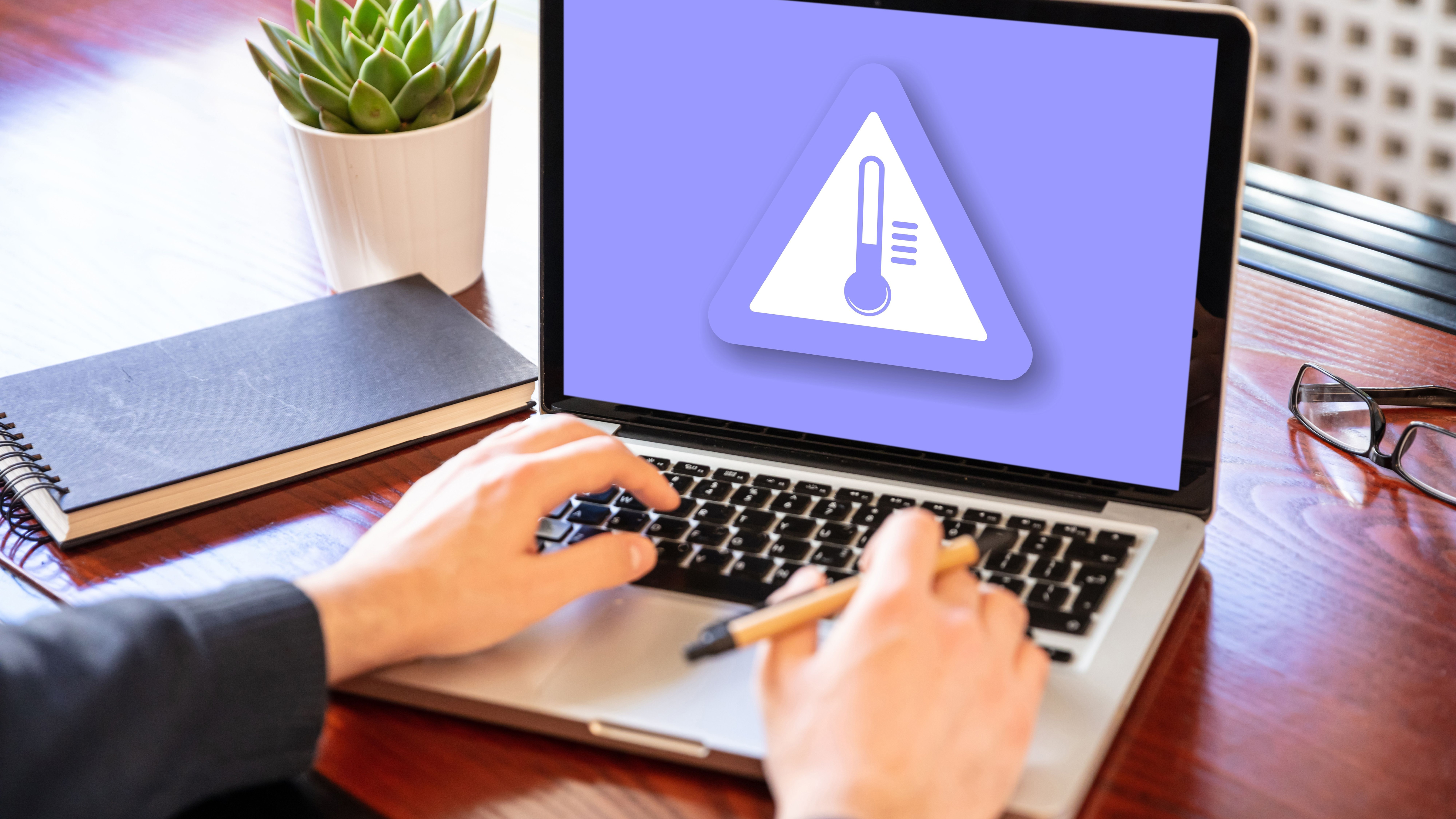MacBook owners, watch out this summer - your laptop could get heatstroke
Fans do not go brrr

Jason England of LaptopMag has first-hand experience with an overheating MacBook, having to type out his experience on his phone while the poor laptop sat in the fridge cooling off.
According to Jason, the laptop reached a maximum of 78 degrees before giving up, with the battery depleting rapidly and the keyboard becoming so hot England “couldn’t touch it without feeling discomfort”. The underside of the MacBook Pro was reportedly “hotter than the surface of the sun” and there was no turning on for a long while after the MacBook shut off. It spent some much-needed time in the fridge and recovered, but that’s not really how laptops should work.
I had a similar experience with my iPhone 7 way back when. In Zambia, where I’m from, we have actual summers (sorry not sorry) and it was pretty common for me to have to throw my phone in the fridge every hour or so between 11am to 6pm. We even had a specific spot in the fridge for my phone.
Keep your cool
But modern laptops have more advanced cooling solutions - so why did this M2 MacBook Pro suffer heat stroke? Naturally, high external temperatures can affect a laptop's ability to function and maintain an optimal internal temperature.
Laptops have internal temperature monitoring tools designed to keep an eye on the heat level of your components. Normally, your laptop will start to freak out about the heat and you’ll be greeted with the sound of fans whirring at full speed to try to keep things cool, or at least give you an indication that you might need to get out of the sun.
However, Apple puts a lot of faith in its chipsets and their ability to maintain internal temperatures, which means the cooling solution of the MacBook Pro isn’t as beefy as you’ll find on some other laptops - typically keeping fan noise to a whisper-quiet minimum.
The M1 and M2 MacBook Air models don’t feature a fan at all, opting instead for a fanless passive cooling design. While this has plenty of advantages, from a more compact chassis to silent operation, it also makes the Air even more vulnerable to overheating during hot weather.
Sign up for breaking news, reviews, opinion, top tech deals, and more.
As we approach higher temperatures with each summer seemingly hotter than the last, this is a problem a lot more people will come to face. It’s important to keep in mind that just because you don’t hear fans blazing, that doesn’t mean your laptop doesn’t need a bit of a cool down - if your MacBook is starting to feel sluggish, it might be time to give it a break from the heat.

Muskaan is TechRadar’s UK-based Computing writer. She has always been a passionate writer and has had her creative work published in several literary journals and magazines. Her debut into the writing world was a poem published in The Times of Zambia, on the subject of sunflowers and the insignificance of human existence in comparison.
Growing up in Zambia, Muskaan was fascinated with technology, especially computers, and she's joined TechRadar to write about the latest GPUs, laptops and recently anything AI related. If you've got questions, moral concerns or just an interest in anything ChatGPT or general AI, you're in the right place.
Muskaan also somehow managed to install a game on her work MacBook's Touch Bar, without the IT department finding out (yet).